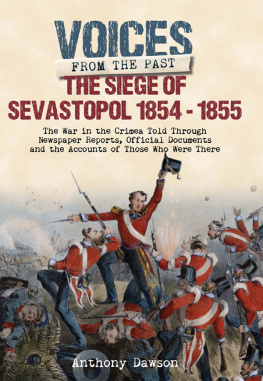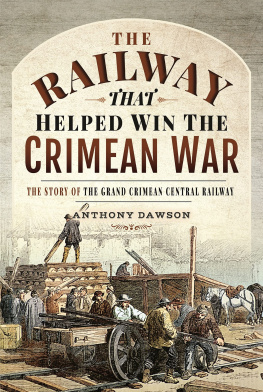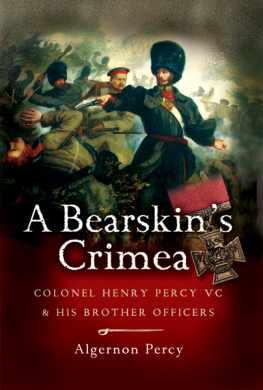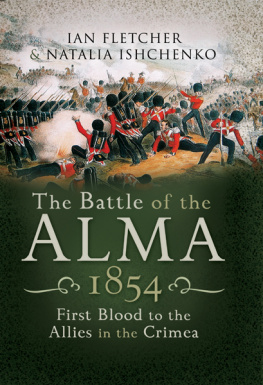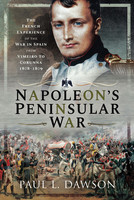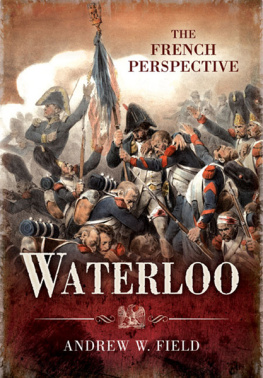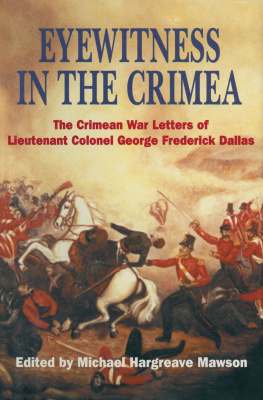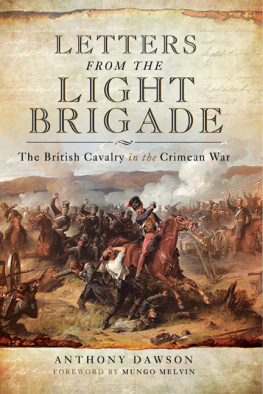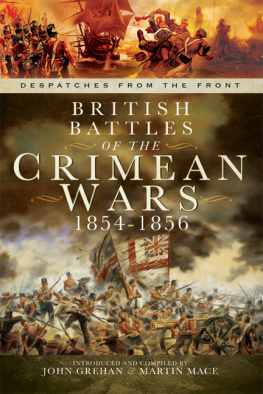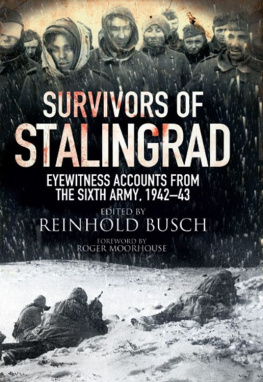Anthony Dawson - The Siege of Sevastopol, 1854–1855: The War in the Crimea Told Through Newspaper Reports, Official Documents and the Accounts of Those Who Were There
Here you can read online Anthony Dawson - The Siege of Sevastopol, 1854–1855: The War in the Crimea Told Through Newspaper Reports, Official Documents and the Accounts of Those Who Were There full text of the book (entire story) in english for free. Download pdf and epub, get meaning, cover and reviews about this ebook. year: 2017, publisher: Pen & Sword Books, genre: Art. Description of the work, (preface) as well as reviews are available. Best literature library LitArk.com created for fans of good reading and offers a wide selection of genres:
Romance novel
Science fiction
Adventure
Detective
Science
History
Home and family
Prose
Art
Politics
Computer
Non-fiction
Religion
Business
Children
Humor
Choose a favorite category and find really read worthwhile books. Enjoy immersion in the world of imagination, feel the emotions of the characters or learn something new for yourself, make an fascinating discovery.
- Book:The Siege of Sevastopol, 1854–1855: The War in the Crimea Told Through Newspaper Reports, Official Documents and the Accounts of Those Who Were There
- Author:
- Publisher:Pen & Sword Books
- Genre:
- Year:2017
- Rating:3 / 5
- Favourites:Add to favourites
- Your mark:
The Siege of Sevastopol, 1854–1855: The War in the Crimea Told Through Newspaper Reports, Official Documents and the Accounts of Those Who Were There: summary, description and annotation
We offer to read an annotation, description, summary or preface (depends on what the author of the book "The Siege of Sevastopol, 1854–1855: The War in the Crimea Told Through Newspaper Reports, Official Documents and the Accounts of Those Who Were There" wrote himself). If you haven't found the necessary information about the book — write in the comments, we will try to find it.
The Crimean War, the most destructive and deadly war of the nineteenth century, has been the subject of countless books, yet historian Anthony Dawson has amassed an astonishing collection of previously unknown and unpublished material, including numerous letters and private journals. Many untapped French sources reveal aspects of the fighting in the Crimea that have never been portrayed before.The accounts demonstrate the suffering of the troops during the savage winter and the ravages of cholera and dysentery that resulted in the deaths of more than 16,000 British troops and 75,000 French. Whilst there is graphic firsthand testimony from those that fought up the slopes of the Alma, in the valley of death at Balaklava, and the fog of Inkerman, the book focusses upon the siege; the great artillery bombardments, the storming of the Redan and the Mamelon, and the largest man-made hole in history up to that time when the Russians blew up the defences they could not hold, with their own men inside.The Siege of Sevastopol also highlights, for the first time, the fourth major engagement in the Crimea, the Battle of the Tchernaya in August 1855, the Russians last great attempt to break the siege. This predominantly French-fought battle has never before examined in such in English language books.
Anthony Dawson: author's other books
Who wrote The Siege of Sevastopol, 1854–1855: The War in the Crimea Told Through Newspaper Reports, Official Documents and the Accounts of Those Who Were There? Find out the surname, the name of the author of the book and a list of all author's works by series.

